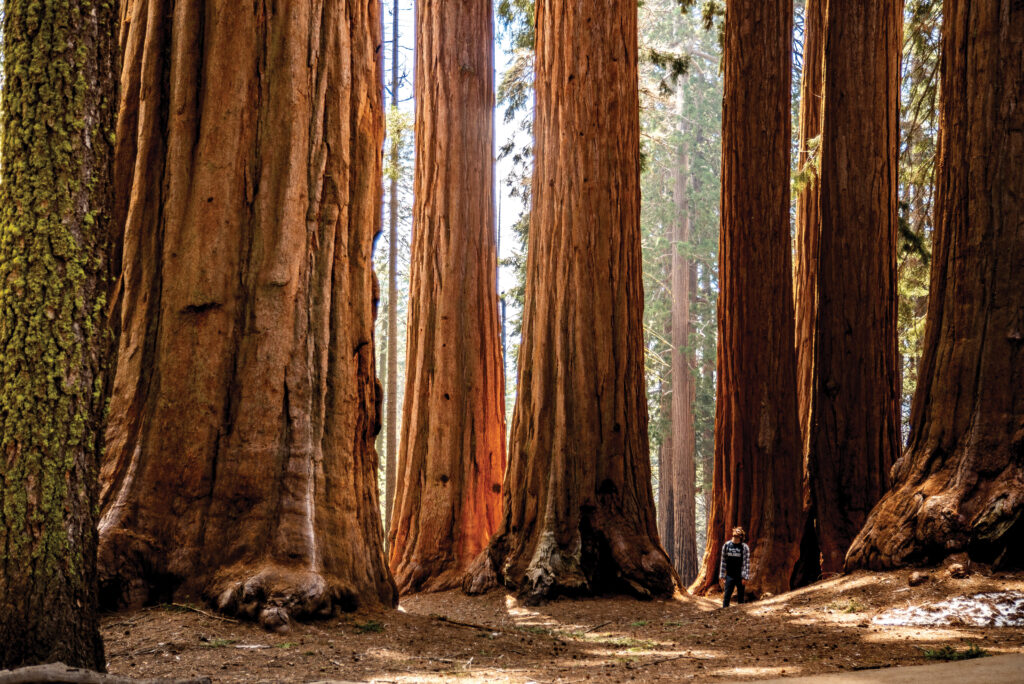
Bozeman, MT — Today the Property and Environment Research Center (PERC) released a new report–A Path Forward for America’s Best Idea: Lessons Learned for Our National Parks from the Great American Outdoors Act–providing a slate of smart solutions to set the nation’s most cherished public lands up for long-term success. Authored by Tate Watkins, PERC’s Research Fellow, the report identifies areas for improvement from the Great American Outdoors Act (GAOA), which has invested billions into repairing, restoring, and upgrading national park assets.
Since its passage in 2020, the GAOA has provided critical funding to address infrastructure and asset maintenance challenges faced by the National Park Service (NPS). Notable projects include a $113 million investment in Tidal Basin seawalls at the National Mall, improvements to historic housing at Yellowstone National Park, and the replacement of the Transcanyon Waterline at Grand Canyon National Park. But despite the infusion of over $4 billion, the deferred maintenance backlog has grown significantly from $14.9 billion in 2020 to $23.3 billion today. With the GAOA set to expire in September 2025 and new legislative proposals on the horizon, policymakers are preparing to address the Park Service’s perpetually growing maintenance needs.
The new report offers a path forward to bolster confidence in the Park Service’s ability to be an effective steward of public lands funding while outlining several key areas for improvement and reform, including a complete overhaul of the deferred maintenance system to ensure more accurate data, prioritization of long-term stewardship over short-term repairs, and protection of the GAOA’s successful provisions. Ahead of new legislation in the wake of GAOA’s expiration, the report provides the following recommendations:
- Overhaul the Park Service’s broken system for estimating and tracking maintenance needs, which has undermined the agency’s ability to defend project selection and opened it up to political scrutiny.
- Focus future funding on sound stewardship generally, rather than just tackling the “deferred maintenance” backlog.
- Protect investments made through the Great American outdoors Act and retain successful aspects like the ability to earn interest on funds.
- Select projects based on clear, objective criteria like safety and visitation levels to maximize impact and liit political influence.
- Explore innovations to vitior fees that can complement federal investments, such as implementing a surcharge on international visitors, similar to many parks abroad.
- Pursue regular reauthorization of the Great American Outdoors Act or supplemental legislation to enable long-term planning.
“Our national parks are America’s crown jewels, but they’ve been allowed to gather dust and decay for far too long,” said Tate Watkins, the report’s author and PERC’s Managing Editor and Research Fellow. “A well-maintained bathroom will never make a visitor’s Instagram feed, but we hope that policymakers and park managers will heed these recommendations to ensure America’s best idea remains vibrant for generations to come.”



